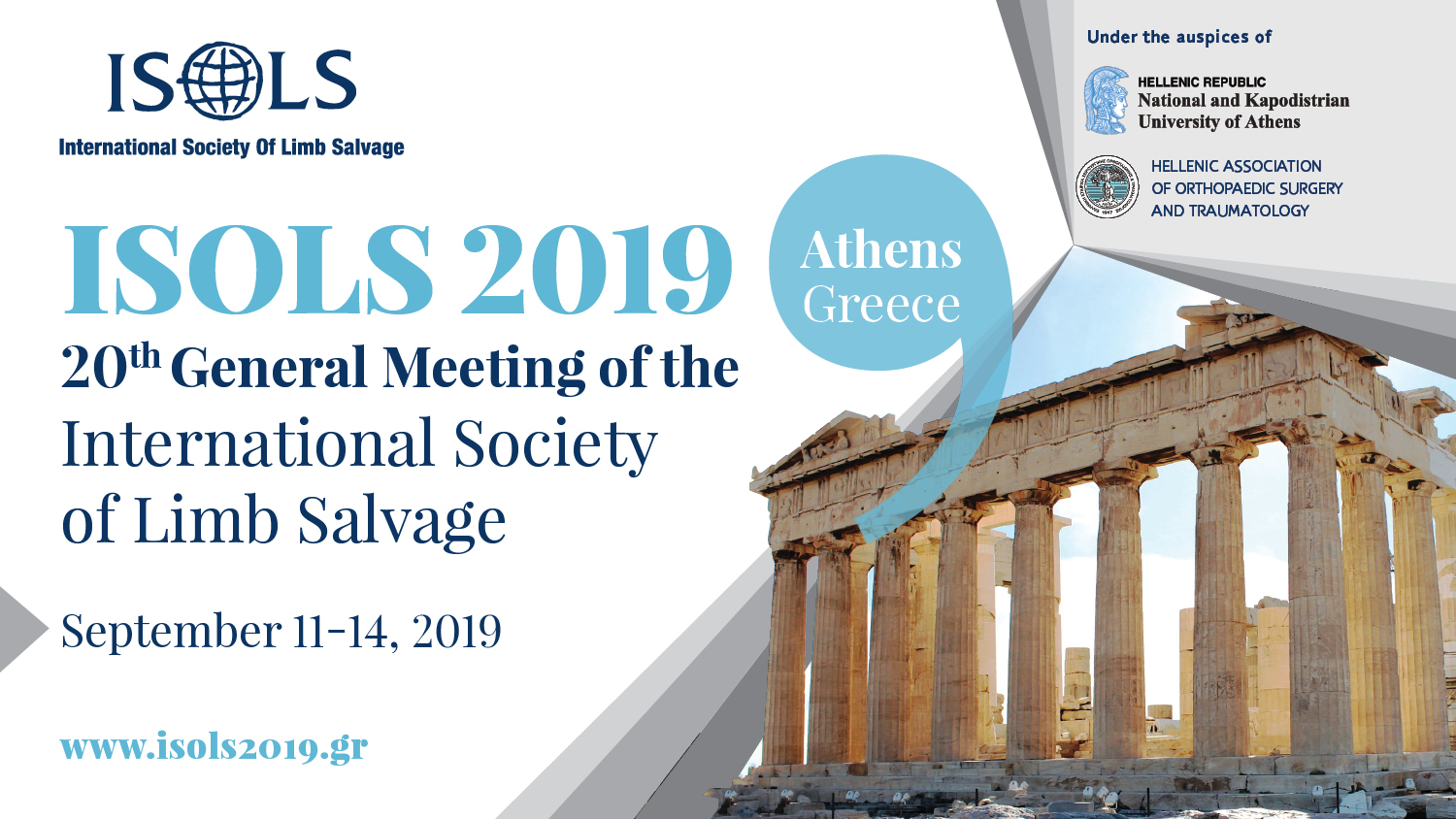Expandable tumor prostheses in children.
J BUON. 2012 Jan-Mar;17(1):9-15.
Mavrogenis AF, Papagelopoulos PJ, Coll-Mesa L, Pala E, Colangeli M, Manfrini M, Ruggieri P.
Any surgical resection in the lower extremities in children will cause a leg length discrepancy from physeal resection. To avoid the resulting functional deficit, leg length discrepancy must be reconciled with surgical techniques to approximate equal leg lengths at skeletal maturity. Currently there are several manufacturers who offer options for prosthetic reconstruction with expandable implants. These implants can be expanded to a length projected on the basis of three factors: the length of bone resected, the anticipated future growth of the contralateral extremity, and the estimated discrepancy of limb length at skeletal maturity. In this article, we review the basic principles and guidelines for prediction of remaining bone growth and planning lengthening in children, and present the currently available expandable prostheses and the evolution performed over time.
Mavrogenis AF, Papagelopoulos PJ, Coll-Mesa L, Pala E, Colangeli M, Manfrini M, Ruggieri P.
Any surgical resection in the lower extremities in children will cause a leg length discrepancy from physeal resection. To avoid the resulting functional deficit, leg length discrepancy must be reconciled with surgical techniques to approximate equal leg lengths at skeletal maturity. Currently there are several manufacturers who offer options for prosthetic reconstruction with expandable implants. These implants can be expanded to a length projected on the basis of three factors: the length of bone resected, the anticipated future growth of the contralateral extremity, and the estimated discrepancy of limb length at skeletal maturity. In this article, we review the basic principles and guidelines for prediction of remaining bone growth and planning lengthening in children, and present the currently available expandable prostheses and the evolution performed over time.

